7 Grocery Items That Could Disappear First Due to Tariffs
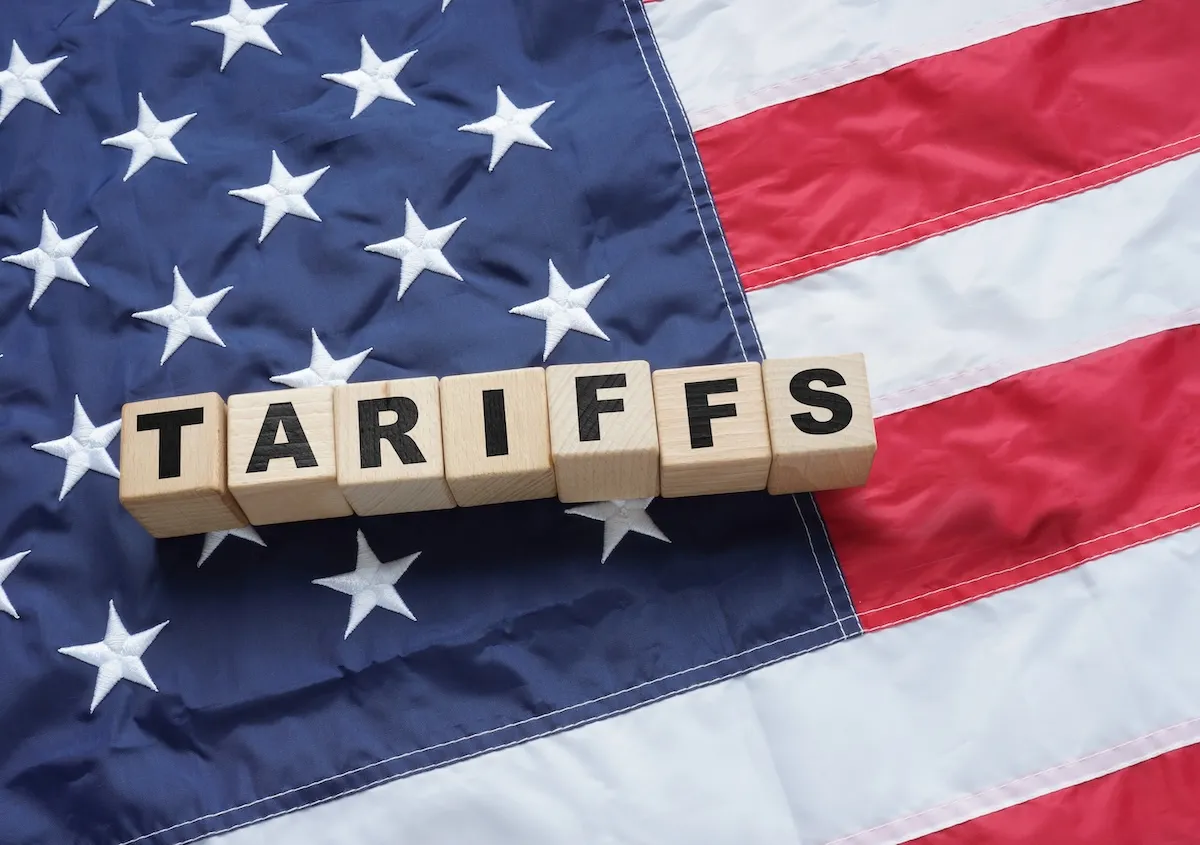
The trade war between the United States and China is only ramping up, with certain Chinese exports facing triple-digit tariffs while China levies reciprocal tariffs in return on American goods. What this means for the average consumer in the U.S. is that no matter where the fiscal impact is absorbed, eventually the ripple effect of the tariffs may result in certain imported grocery items and ingredients either becoming much more expensive, or possibly not even available at all. Restaurants that serve specialized Chinese cuisine may have to switch to different ingredients or change the menu completely (for example it's hard to make Sichuan cuisine without Sichuan peppers). Here are seven grocery items that could disappear first, thanks to tariffs.
Dark Soy Sauce Imports May Dry Up

Chinese soy sauce has a unique taste and texture, especially the dark soy sauce which is more viscous and sweet. While Japanese soy sauce is brewed with roasted wheat, Chinese soy sauce is made with wheat flour. A 145% tariff on Chinese soy sauce could mean sourcing the ingredient could be difficult, and alternative sauces may have to be used until the tariffs are lifted.
Zhenjiang Vinegar Is Becoming Harder to Find

Zhenjiang Vinegar is a staple in Chinese cooking and cuisine, but could soon be very hard to find—and restaurant chefs have been trying to stock up. "I'm so busy because everyone's calling me today, yesterday, the day before," Susie Kasem of ARJ Oregon, an importer in Portland, tells The New York Times. "I don't have any idea how to answer them."
Sichuan Peppercorns May Vanish From Shelves
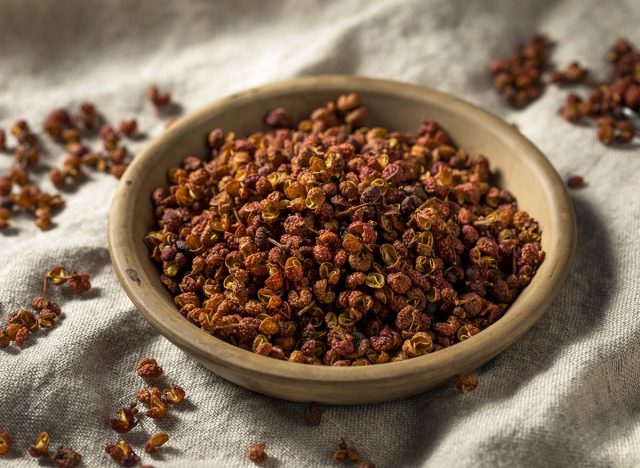
Sichuan peppercorns are a key ingredient for Sichuan dishes, and practically impossible to replace. This key spice renowned for its mouth-numbing heat may soon be disappearing from grocery shelves, and could have a significant impact on restaurants that specialize in Sichuanese cuisine. "Thinking about all the food products we need to operate the business, (the tariffs) felt like a huge sucker punch," Harana Market co-owner Chris Mauricio told the Times Union. "How do we make sure we still can provide the same level of food, and also be able to still produce the same quality for our guests?"
Imported Squid Prices May Soar
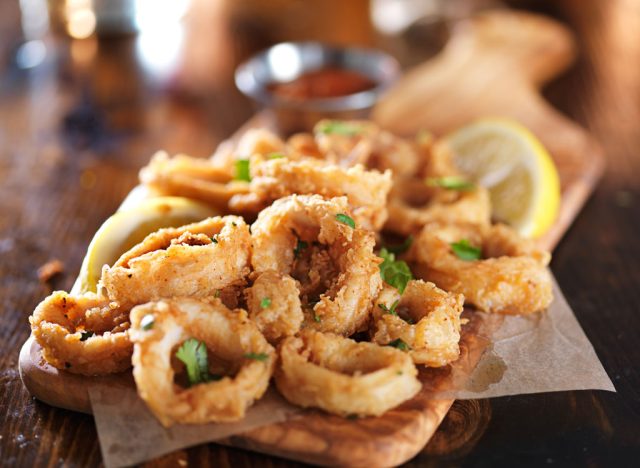
China's frozen seafood processing plants import a huge amount of shellfish, fish, and squid to the United States. There is currently a 170% tariff on squid imports from China to the U.S., however that could change at any time. This could make squid much harder to find in stores and much more expensive, and could also mean it's removed from restaurant menus until the situation is resolved.
Chili Crisp Could Be Pulled Next
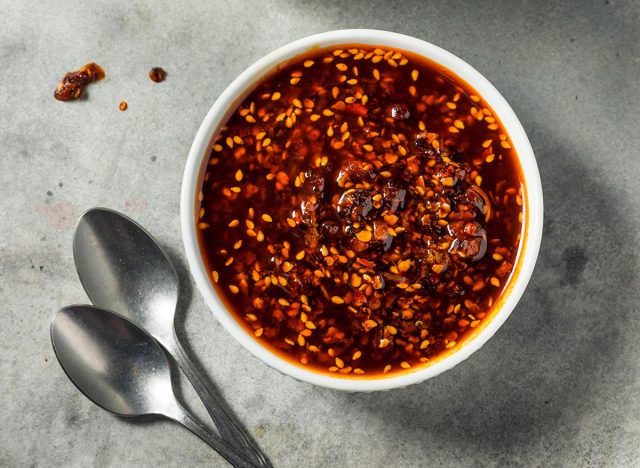
Chinese chili crisp (or chili crunch) is hugely popular in the U.S. "We can't manufacture our product in America without basically bringing all the component ingredients to America in their individual forms, which would be completely cost inefficient," Fly ByJjing's COO and CFO Matt Dunaj told Eater. We're sourcing authentic ingredients in Jing's hometown in Sichuan, China. There is no replacement for these flavors, and that's really the nature of our business — our mission is to spread these flavors authentically to people. The tariffs put things on hold and it creates some uncertainty."
Sesame Paste Imports Are Under Threat
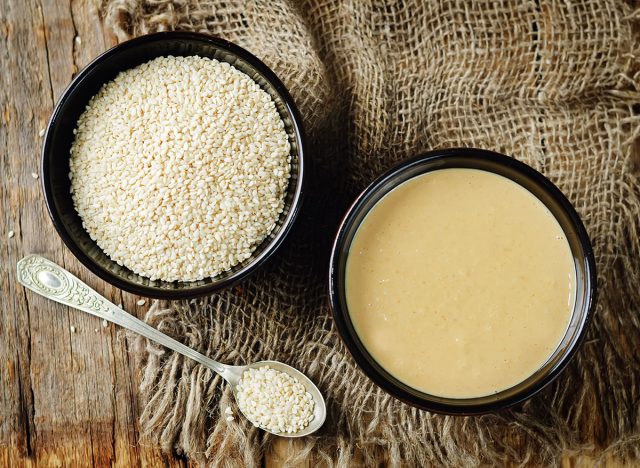
Roasted sesame paste is another key ingredient in Chinese cuisine and could soon become too expensive to justify using. "While similar to tahini, Chinese sesame paste is made from a variety of sesame grown in Xinjiang and is deeply toasted, giving it a much darker color and robust flavor," the Mala Market says of sesame paste sourced from Shandong, China, "The only choice for dan dan noodles and sesame noodles."
Shaoxing Wine Is in Short Supply
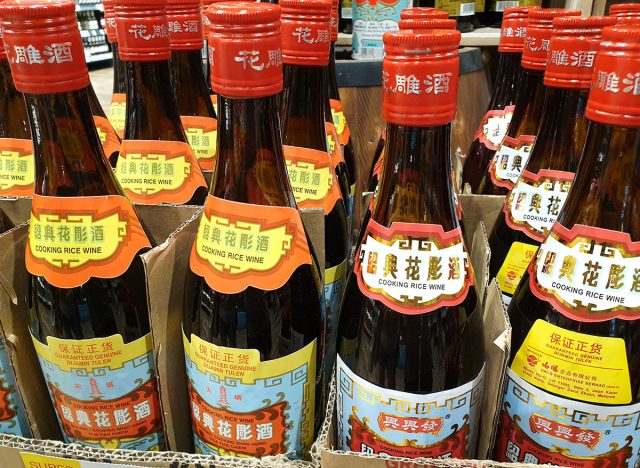
Shaoxing wine is the most well-known type of Chinese cooking wine, used "by the gallon" for traditional Chinese cuisine—and the tariffs could have a serious impact on prices. "Just like using wine in Western dishes, Shaoxing wine adds depth and flavor complexity. We'd go so far as to say that the vast majority of our savory Chinese recipes contain Shaoxing wine," say cooking experts The Woks of Life.









